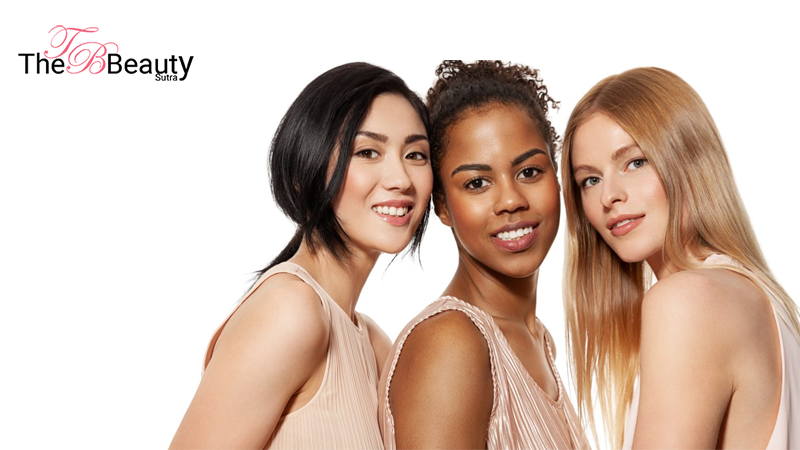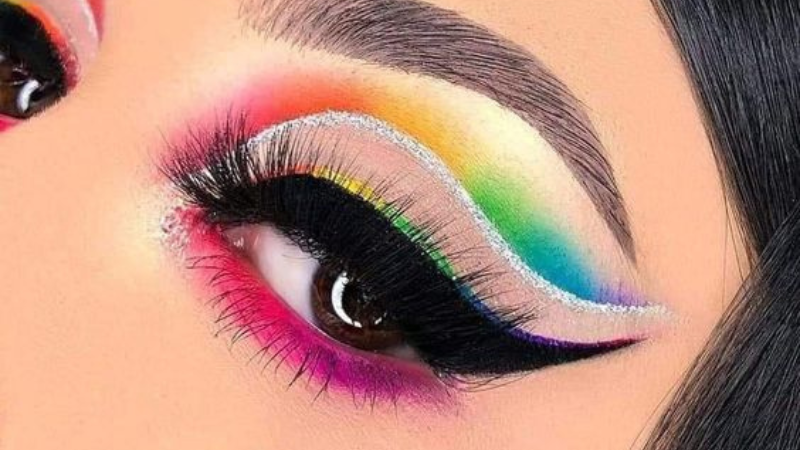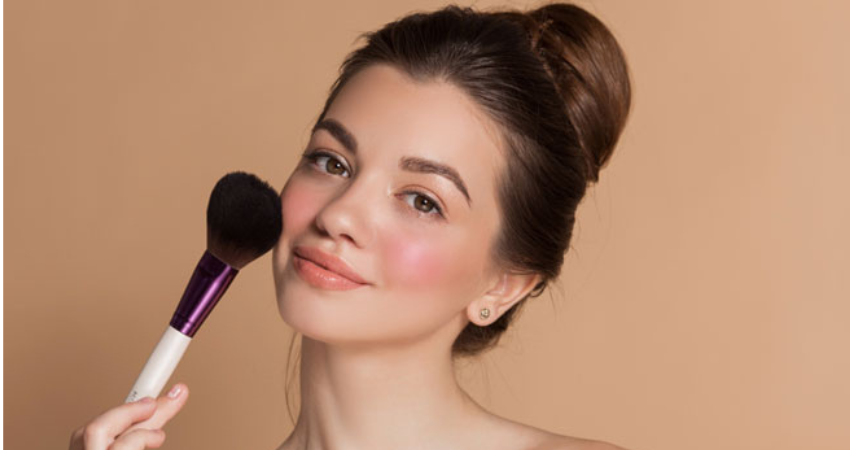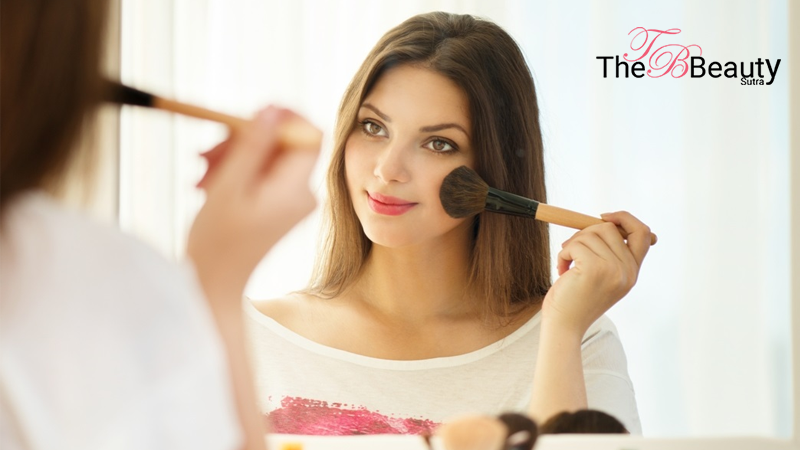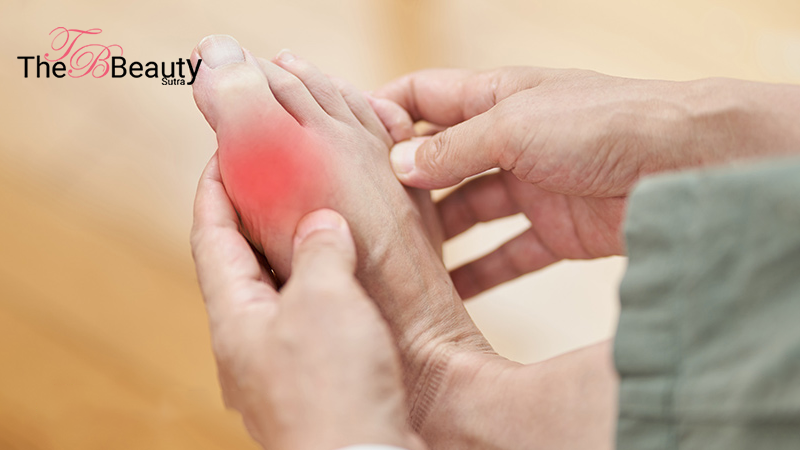In this blog, we’ll explore the different hair types and provide insights into how you can care for and style your hair more effectively.Are you tired of battling with your hair, trying to make it behave, and wondering why it just won’t cooperate? The secret to managing your locks and achieving your hair goals may lie in understanding your hair types and its unique characteristics.
Why Identify Your Hair Type?

Identifying your hair types allows you to understand the unique characteristics and needs of your hair. It can guide you to select the appropriate hair care products, techniques, and hairstyles that work best for your hair type. It is important to note that hair typing is not a sure way of knowing how to best deal with your strands, but it is useful information that can help promote healthy and manageable hair.
Enitan Agidee, a trichologist and the UK’s first hair coach, suggests that understanding hair behavior is more important than hair typing. As you grow in knowledge and experience, you will find that many generic applications do not apply to you because nobody else in the world has the same unique information that your hair carries.
The Four Main Hair Types:
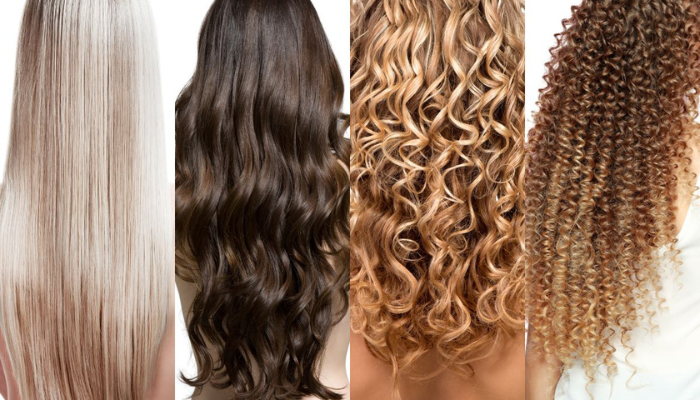
Type 1 – Straight Hair: This hair type is straight and lacks curl or wave patterns. It tends to be oily as sebum from the scalp travels down the hair shaft easily. It is generally easy to manage and style.
Type 2 – Wavy Hair: This hair type has a slight S-shaped curl pattern, ranging from loose, beachy waves to more defined waves. It requires effort to maintain its shape and texture.
Type 3 – Curly Hair: This hair type has a more defined curl pattern ranging from loose, bouncy curls to tight, springy curls. It tends to be dry as natural oils from the scalp have a harder time making their way down the hair shaft. It requires more moisture and care to maintain its shape.
Type 4 – Coily Hair: This hair type has a tight, zig-zag curl pattern ranging from tightly coiled to kinky. It is dry and fragile, requiring a lot of moisture and gentle handling to prevent breakage and maintain its shape. It is also more prone to tangling and shrinkage.
Understanding Hair Characteristics
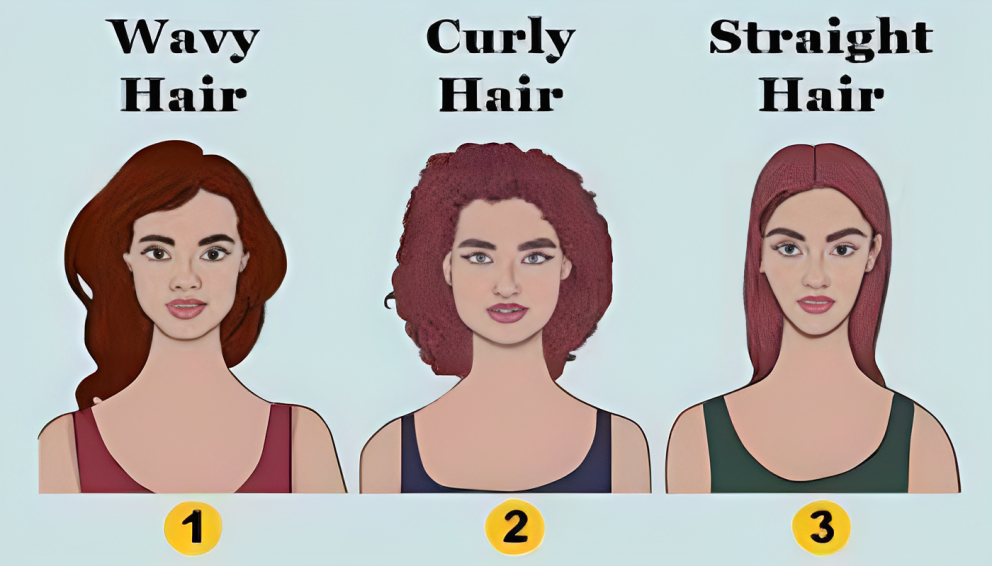
Beyond the basic hair types, it’s important to understand the unique characteristics of your hair, which can influence its behavior and needs. These characteristics include:
Porosity: Hair porosity refers to how well your hair can absorb and retain moisture. High porosity hair can absorb moisture easily but struggles to retain it, while low porosity hair has difficulty absorbing moisture but retains it well.
Density: Hair density is about how many individual hair strands you have on your scalp. Understanding your hair’s density helps you choose the right products and hairstyles.
Texture: Hair texture relates to the thickness or fineness of each hair strand. Fine hair is more delicate, while coarse hair is thicker and more robust.
Elasticity: Hair elasticity is the ability of your hair to stretch and return to its original shape without breaking. This characteristic is crucial for determining your hair’s health and potential for damage.
Conclusion
Hair types are useful in identifying the unique characteristics and needs of your hair. It can guide you to select the appropriate hair care products, techniques, and hairstyles that work best for your hair type. However, it is important to note that hair typing is not a strict rule, and you should also consider your hair’s behavior, density, and porosity levels. By understanding your hair type, you can promote healthy and manageable hair.

